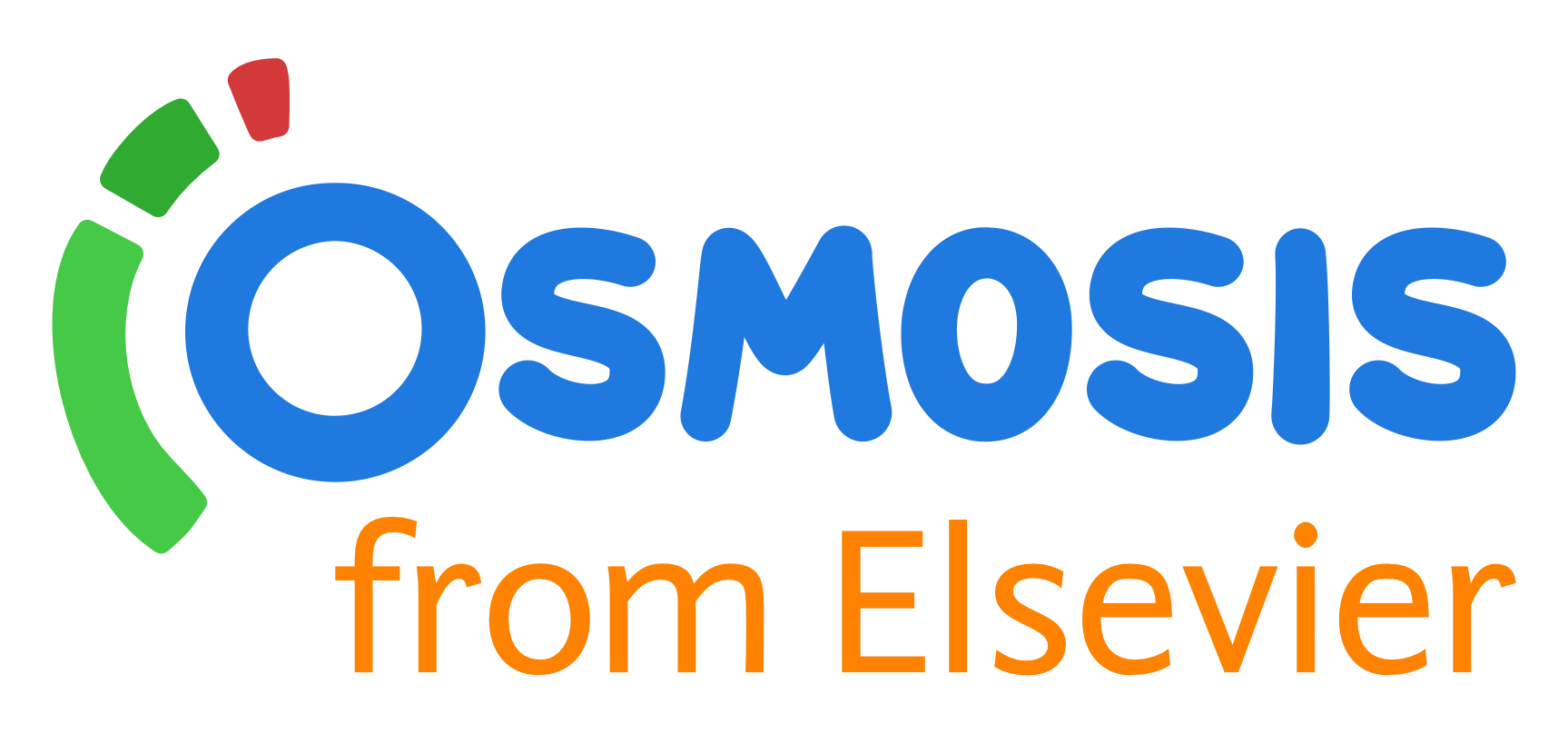
Osmosis.org is a leading health education platform with an audience of millions of current and futurehealthcare professionals and their patients and family members.

Osmosis by Elsevier benötigte eine Möglichkeit, das Onboarding zu optimieren, um mehr kostenpflichtige Abonnements zu fördern.

Verschiedene Onboarding-Ansätze wurden mit Pendo-Anleitungen und -Analysen getestet, darunter Onboarding im Stil von „Den Kunden entscheiden lassen“ und kuratiertes Onboarding.

Optimiertes Onboarding für höhere Einnahmen und Risikominderung führte zu einer Steigerung der Konversionen von kostenlos zu kostenpflichtig um 35 %.
Education is a journey, not a destination. No matter how much we learn, we can always learn more and apply our knowledge and insights better. That’s a lesson the team behind Osmosis from Elsevier takes to heart when it comes to continually improving their product.
Osmosis ist eine Online-Lernplattform, die von über 200 medizinischen, pflegerischen und gesundheitsbezogenen Ausbildungsprogrammen genutzt wird, um die nächste Generation von Medizinern und klinischem Personal zu unterrichten und weiterzubilden. Ob es um die Möglichkeit des selbstgesteuerten Lernens, die Förderung der Zusammenarbeit oder die Unterstützung von „umgedrehten“ Klassenzimmern und anderen hybriden Unterrichtsmodellen geht, Osmosis wurde entwickelt, um medizinischen Fachkräften zu helfen, besser, schneller und fundierter zu lernen.
So when the Osmosis team set about solving the problem of increasing paid subscribers, they began with the assumption that what’s good for the user is good for the business. In other words, a better user experience was key to driving both stronger learning outcomes and better business results. With that in mind, they set about radically optimizing Osmosis’ onboarding process—and cultivating a culture of iteration and experimentation in the process.
Das Projekt begann damit, dass sich das Osmosis-Team Gedanken darüber machte, wie man das bestmögliche Onboarding-Erlebnis schaffen könnte. „Wir haben uns vorgenommen, so viel wie möglich zu erreichen, dies aber einfach und prägnant zu tun und Frustrationspunkte, Barrieren oder kognitive Überforderung der Benutzer zu vermeiden“, erklärt Kaia Chessen, eine UX-Forscherin im Team.
In designing a better onboarding journey, Chessen and team turned to Pendo’s all-in-one product experience platform—both to get the answers to crucial UX-related questions and to design the right motions based on those insights. “To be successful, we needed to understand our customers’ motivations,” Chessen said. “Which problems would our users be trying to solve in their first interaction? What meaningful actions could we suggest while showing users how to use our product to be successful in their own goals? How could we motivate or encourage users to keep going, and to get the most out of each step as possible?”
To understand and create the ideal experience for their users, Osmosis began running a series of A/B tests for onboarding using Pendo In-app Guides. “Pendo was and is instrumental to our research, facilitating onboarding experiments where we can test our hypotheses, and validate them with user behavior data,” said Chessen. Using In-app Guides to create different onboarding flows and Pendo Analytics to see how users responded and behaved while engaging with each option, they were able to gauge the impact of various approaches and implement what was most effective.
Die fortlaufenden Experimente und Onboarding-Iterationen von Osmosis verschafften dem Unternehmen einen umfassenden Einblick in das, was für neue Nutzer am hilfreichsten und wichtigsten war – und auch in die Maßnahmen, die sie am ehesten in zahlende Abonnenten konvertieren würden. Der Vergleich einer Onboarding-Anleitung im Stil von „Den Kunden entscheiden lassen“ mit einer stärker kuratierten Anleitung zeigte, dass die Nutzer es vorzogen, von Anfang an selbst zu entscheiden, welche Inhalte sie erkunden wollten.
Still another experiment involved displaying a free-trial countdown timer to users. “You have a seven-day free trial,” Chessen explained. “New users make an account and they see they have seven days left and it’s counting down.” The Osmosis team found that the subset users who saw this timer were 35% more likely to subscribe than those who didn’t see it. “That was a big surprise,” she said. It turns out that when new users see value clearly and quickly, they’re willing to pay for it when made aware that the free version has a fast-approaching expiration date. This has led to increased revenue and greater risk mitigation for the business.
In designing a better onboarding experience, the Osmosis team embraced the core principles of product-led growth. By leveraging the power of the Pendo In-app Guides and Analytics, they were able to discern the best ways to get users to an “aha” moment ASAP and make converting to paid feel like the natural next step.
Doch trotz der positiven Ergebnisse des Onboarding-Projekts weiß das Team, dass seine Arbeit noch nicht getan ist. So gut das Onboarding von Osmosis auch sein mag, es kann immer noch besser werden. „Der Schlüssel zum Erfolg liegt in der Einstellung zur kontinuierlichen Verbesserung und in der Bereitschaft, Strategien auf der Grundlage von Nutzerfeedback und Datenanalysen anzupassen“, so Chessen. „Es geht darum, Hypothesen aufzustellen, sie zu testen und Pendo-Daten zu nutzen, um das Onboarding-Erlebnis zu iterieren und zu optimieren.“
Osmosis hat einen großen Schritt getan, um sein Produkt für das Unternehmen nutzbar zu machen – und das ist erst der Anfang.


